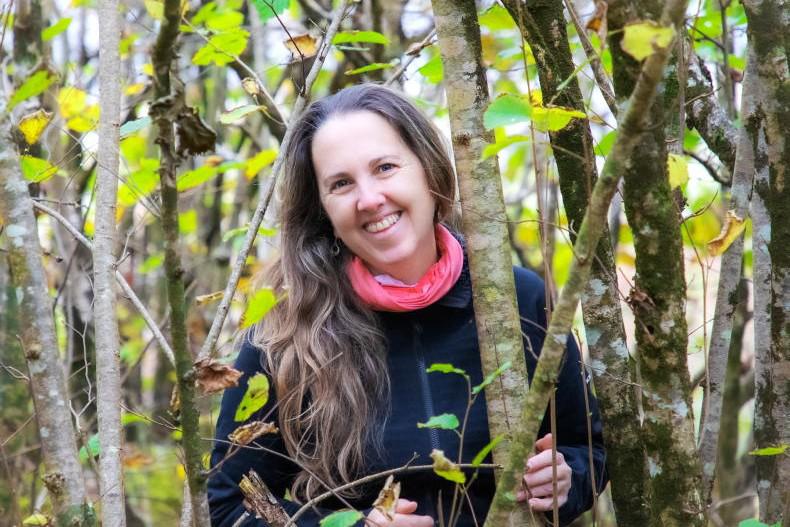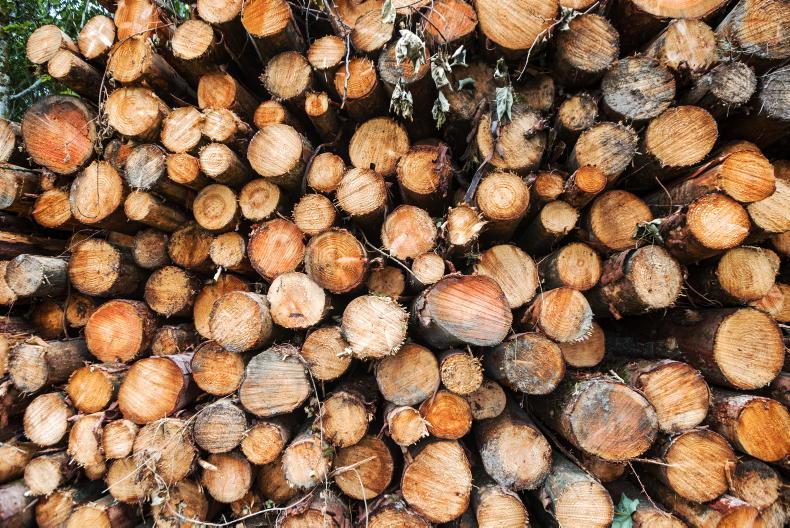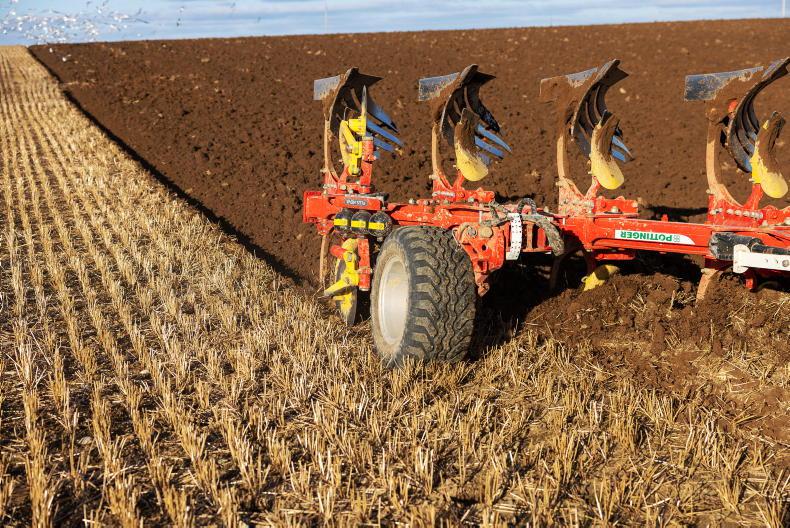The new Forestry Programme places strong emphasis on species diversity, which provides options for a wide range of Forest Types (FT). We are fortunate in Ireland to have a moist, mild maritime climate that provides the ideal tree growing environment to support a wide range of tree species. This is reflected in the Forest Service list of over 40 grant-approved species (Table 1), comprising coniferous and broadleaf species with a wide range of wood and non-wood benefits.
Because of Ireland’s limited range of indigenous tree species, we have a high dependence on non-native naturalised and exotic tree species. Although the species menu is generous, landowners considering forestry are advised to choose wisely when selecting the right trees, as the decision will dictate the quality of their woodlands for generations to come.
The forest owner’s choice depends on factors such as site requirements, soil types, climate and future markets. Ultimately, the species choice will depend on landowners’ objectives for the kind of forests they wish to establish. These include:
Commercial forests – choosing trees to maximise revenue and profitability.Mixed species forest – combining commercial and biodiversity aims.Non commercial – long-rotation native or naturalised broadleaf woodlands.If a return on investment within a generation is the sole objective, then conifers tick all the boxes, including early revenue on a wide range of sites with tried and trusted markets for the end product.
Sitka spruce, Norway spruce and Douglas fir have major market appeal, while Scots pine produces lower yields than exotic conifer. Scots pine qualifies for grant aid under the Native Woodland Scheme, so should be selected for that FT.
Broadleaf planting
The increase in broadleaf planting in recent years demonstrates a desire for mixed-species forests, which is now being achieved in planting programmes. From 2000 to 2012, broadleaf – mainly ash – afforestastion averaged 30% of annual planting programmes.
Since ash dieback was detected in 2012, it is no coincidence that all afforestation has fallen. The risk in opting for a long-term land use such as forestry is regarded by many as too great, especially as no compensation has been made available to owners of diseased ash plantations.
However, the attractive new premium rates and the extension of the premium period to 20 years should encourage farmers back into forestry, but ash dieback “permeates the sector” and “needs to be addressed”, as acknowledged by Minister Hackett.
Choices
In the absence of ash, oak remains the species of choice for many landowners and farmers. It requires well-sheltered sites and ideally good mineral soils to maximise its potential. Sessile oak in particular will perform well on a wide range of soils, but like all broadleaves, it requires intensive management and maintenance.
Other native species worth considering are alder and birch, which grow well on poorer soils, while cherry produces excellent wood but requires good-quality soils. Non-native but naturalised species such as sweet chestnut, beech and sycamore have a variety of quality end uses, especially furniture.
Farmers who wish to combine forestry and farming should consider the new agroforestry scheme, as it provides attractive annual premiums (€975) over 10 years. This underutilised scheme integrates well with agriculture, especially grazing, silage and hay production.
It is ideal for first-time woodland entrants, as the scheme is grant aided for areas as small as a half hectare, or less than an acre. The scheme is suitable for native and naturalised species, while fruit and nut producing species are also considered for grant aid.
Continuous cover forestry
Continuous cover forestry (CCF), which has been an attractive option for even-aged forests to transform to a close-to-nature model, is now grant-aided as an afforestation scheme under FT10. CCF applies to pure conifer and broadleaf crops, as well as conifer-broadleaf mixtures. Ideal for wind farm stable sites, CCF is a silvicultural system that can enrich the biodiversity of the forest habitat as well as providing continuous revenue.
Ultimately, the choice of species and management regime lies with the landowner. To qualify for grant aid, it is now mandatory to select at least two species, but in large forest areas, a minimum of three species should be considered. Ash dieback has demonstrated the risk in opting for single-species woodlands.
In the absence of an ecosystem service payment for long-rotation or non-commercial crops, planting productive conifers as part of the forest mix has to be considered as an essential option. For many forest owners, conifers are the enablers to plant native species.
To summarise, landowners should consider species from the following 14 that grow well in Ireland:
Five native species: oak (pedunculate and sessile), Scots pine, alder, birch (downy and silver), and possibly cherry.Four naturalised species: sweet chestnut, beech. sycamore and walnut (for agroforestry). Five exotics: Norway and Sitka spruce, Douglas fir and possibly western red cedar and western hemlock.By all means, explore other native species including holly, hazel, crab apple, willow, blackthorn, hawthorn, arbutus, aspen and whitebeam, but only for biodiverse areas.
The best advice is to keep species selection simple and manageable. You are now required to plant 20% of your land with native species while an additional 10% is designated as biodiverse. Look to the markets when selecting your core productive species as these will safeguard your investment long after premium payments cease.
The new Forestry Programme places strong emphasis on species diversity, which provides options for a wide range of Forest Types (FT). We are fortunate in Ireland to have a moist, mild maritime climate that provides the ideal tree growing environment to support a wide range of tree species. This is reflected in the Forest Service list of over 40 grant-approved species (Table 1), comprising coniferous and broadleaf species with a wide range of wood and non-wood benefits.
Because of Ireland’s limited range of indigenous tree species, we have a high dependence on non-native naturalised and exotic tree species. Although the species menu is generous, landowners considering forestry are advised to choose wisely when selecting the right trees, as the decision will dictate the quality of their woodlands for generations to come.
The forest owner’s choice depends on factors such as site requirements, soil types, climate and future markets. Ultimately, the species choice will depend on landowners’ objectives for the kind of forests they wish to establish. These include:
Commercial forests – choosing trees to maximise revenue and profitability.Mixed species forest – combining commercial and biodiversity aims.Non commercial – long-rotation native or naturalised broadleaf woodlands.If a return on investment within a generation is the sole objective, then conifers tick all the boxes, including early revenue on a wide range of sites with tried and trusted markets for the end product.
Sitka spruce, Norway spruce and Douglas fir have major market appeal, while Scots pine produces lower yields than exotic conifer. Scots pine qualifies for grant aid under the Native Woodland Scheme, so should be selected for that FT.
Broadleaf planting
The increase in broadleaf planting in recent years demonstrates a desire for mixed-species forests, which is now being achieved in planting programmes. From 2000 to 2012, broadleaf – mainly ash – afforestastion averaged 30% of annual planting programmes.
Since ash dieback was detected in 2012, it is no coincidence that all afforestation has fallen. The risk in opting for a long-term land use such as forestry is regarded by many as too great, especially as no compensation has been made available to owners of diseased ash plantations.
However, the attractive new premium rates and the extension of the premium period to 20 years should encourage farmers back into forestry, but ash dieback “permeates the sector” and “needs to be addressed”, as acknowledged by Minister Hackett.
Choices
In the absence of ash, oak remains the species of choice for many landowners and farmers. It requires well-sheltered sites and ideally good mineral soils to maximise its potential. Sessile oak in particular will perform well on a wide range of soils, but like all broadleaves, it requires intensive management and maintenance.
Other native species worth considering are alder and birch, which grow well on poorer soils, while cherry produces excellent wood but requires good-quality soils. Non-native but naturalised species such as sweet chestnut, beech and sycamore have a variety of quality end uses, especially furniture.
Farmers who wish to combine forestry and farming should consider the new agroforestry scheme, as it provides attractive annual premiums (€975) over 10 years. This underutilised scheme integrates well with agriculture, especially grazing, silage and hay production.
It is ideal for first-time woodland entrants, as the scheme is grant aided for areas as small as a half hectare, or less than an acre. The scheme is suitable for native and naturalised species, while fruit and nut producing species are also considered for grant aid.
Continuous cover forestry
Continuous cover forestry (CCF), which has been an attractive option for even-aged forests to transform to a close-to-nature model, is now grant-aided as an afforestation scheme under FT10. CCF applies to pure conifer and broadleaf crops, as well as conifer-broadleaf mixtures. Ideal for wind farm stable sites, CCF is a silvicultural system that can enrich the biodiversity of the forest habitat as well as providing continuous revenue.
Ultimately, the choice of species and management regime lies with the landowner. To qualify for grant aid, it is now mandatory to select at least two species, but in large forest areas, a minimum of three species should be considered. Ash dieback has demonstrated the risk in opting for single-species woodlands.
In the absence of an ecosystem service payment for long-rotation or non-commercial crops, planting productive conifers as part of the forest mix has to be considered as an essential option. For many forest owners, conifers are the enablers to plant native species.
To summarise, landowners should consider species from the following 14 that grow well in Ireland:
Five native species: oak (pedunculate and sessile), Scots pine, alder, birch (downy and silver), and possibly cherry.Four naturalised species: sweet chestnut, beech. sycamore and walnut (for agroforestry). Five exotics: Norway and Sitka spruce, Douglas fir and possibly western red cedar and western hemlock.By all means, explore other native species including holly, hazel, crab apple, willow, blackthorn, hawthorn, arbutus, aspen and whitebeam, but only for biodiverse areas.
The best advice is to keep species selection simple and manageable. You are now required to plant 20% of your land with native species while an additional 10% is designated as biodiverse. Look to the markets when selecting your core productive species as these will safeguard your investment long after premium payments cease.










SHARING OPTIONS